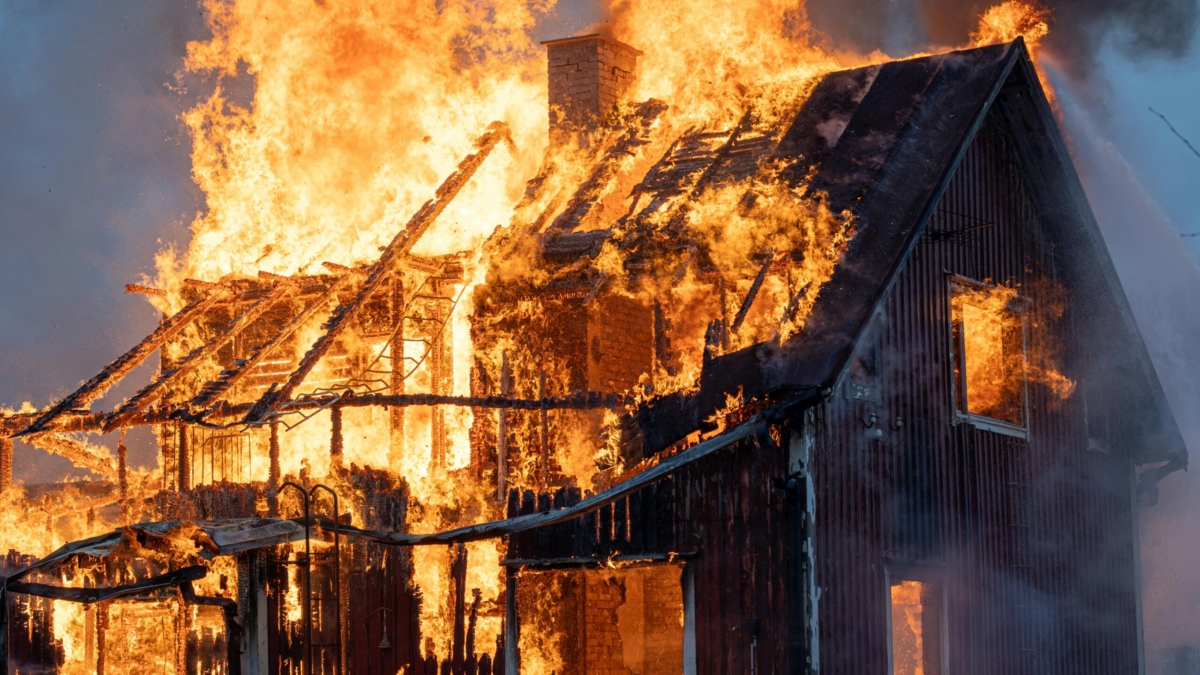Shahar Lawrence’s dream of owning a home in Leavenworth, Washington, crumbled not because of high property prices or poor credit, but due to an unexpected obstacle: insurance. After calling sixteen different insurance agencies, she found only one willing to cover her prospective home in the fire-prone region – at a premium nearly equal to her anticipated mortgage payment. “I never imagined climate risk would make homeownership impossible,” Shahar reflects. Her story represents a growing crisis across America, where environmental risks are reshaping the real estate landscape. What’s particularly troubling is that our buildings themselves, and the materials used to construct them, are inadvertently contributing to this cycle of increasing risk.
The relationship between our buildings and climate disasters forms a complex feedback loop. While we commonly associate a home’s environmental impact with energy consumption and utility bills, a less visible but equally significant factor lurks in the very fabric of our buildings: embodied carbon. This term encompasses all greenhouse gas emissions associated with construction materials – from the quarrying of limestone for cement to the transportation of lumber to construction sites.
Recent data from the National Oceanic and Atmospheric Administration (NOAA) paints a stark picture: what were once considered “hundred-year storms” now occur with startling regularity. The Western United States, including Shahar’s desired home location in Leavenworth, has seen a 300% increase in wildfire frequency since the 1970s. The built environment contributes nearly 40% of global carbon emissions, with building materials accounting for 11% of that total. Our construction choices today are literally fueling the weather patterns that threaten our homes tomorrow.
The insurance industry’s retreat from high-risk areas creates a cascading effect of financial consequences. Beyond Shahar’s story, countless Americans face skyrocketing premiums, policy cancellations, or complete inability to secure coverage. This insurance crisis extends beyond individual hardship – it’s reshaping entire communities. Properties without adequate insurance coverage become unmortgageable, leading to declining property values and diminished tax bases for local governments. Insurance companies, for their part, are responding to hard financial realities. The industry paid out $60 billion in climate-related claims in 2022 alone, nearly double the amount from a decade ago.
The path forward requires rethinking how we approach construction and development. Low-carbon building materials like mass timber and recycled steel can reduce embodied carbon by up to 90% compared to traditional materials. Progressive municipalities are already implementing embodied carbon requirements for new construction, while insurance companies are beginning to offer premium discounts for homes built with climate-resilient materials and techniques.
Shahar’s story illustrates how climate change has evolved from an abstract environmental concern to a concrete financial reality affecting homeownership dreams across America. The solution lies in recognizing the connection between our building practices and climate risks, then taking decisive action to break the cycle. By choosing low-carbon materials, supporting sustainable building policies, and demanding climate-resilient construction, we can help ensure that future generations won’t have their homeownership dreams derailed by insurance nightmares.
Embodied Carbon Solutions (ECS) helps organizations understand and reduce the carbon footprint of their infrastructure through expert analysis and practical implementation strategies. Our consulting services include comprehensive carbon assessments, supplier engagement frameworks, and sustainable material selection guidance. Contact us to learn how we can help your organization navigate the challenges of carbon reduction while maintaining operational excellence.

